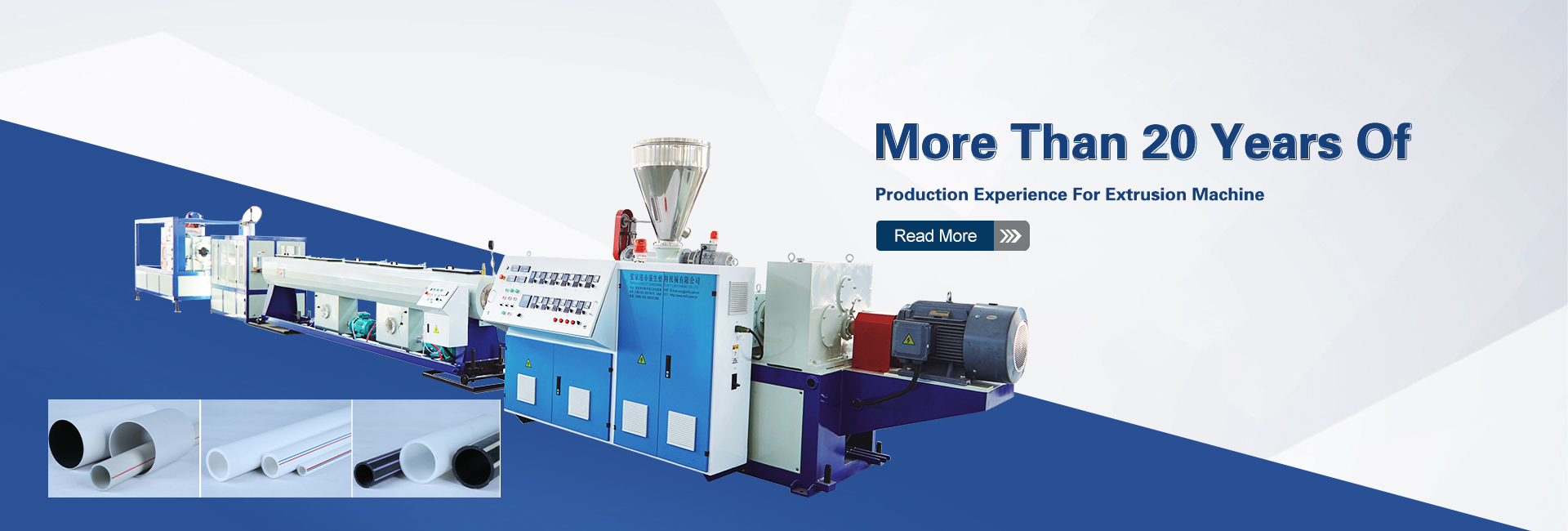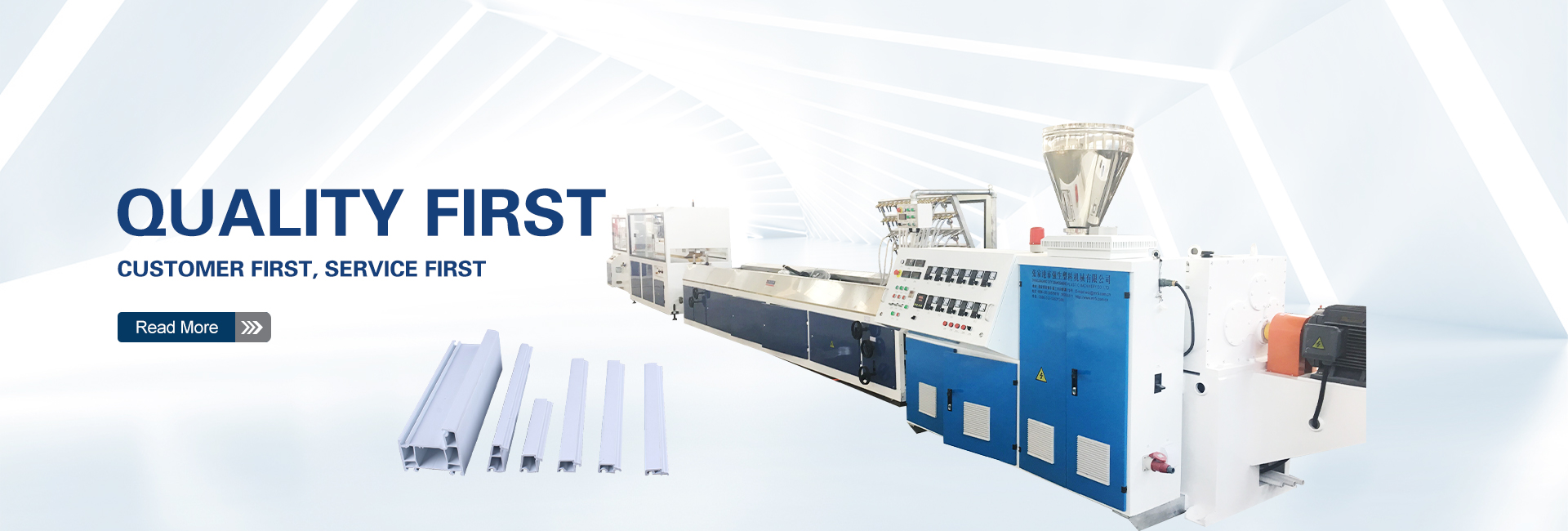As a leading PVC Profile Extrusion Machine manufacturer, Qiangshengplas understands the complexities of the extrusion process and the challenges that can arise. In this article, we address a specific reader inquiry regarding issues encountered during the extrusion of a mixture containing LDPE and sand. By analyzing the problems and offering alternative solutions, we aim to empower you to optimize your manufacturing process and achieve successful results.
The Reader’s Challenges:
The reader identified three primary challenges during their extrusion process:
Sand Separation: The sand separates from the LDPE due to density difference, causing blockages and increased motor load on the extruder.
Flow and Gassing: The hot mixture (around 200°C) exhibits excessive flow and gas emission during pressing, leading to leakage from the mold.
Post-Mold Deformation and Cracking: The formed tiles appear perfect initially but deform and crack after a while, compromising their shape and aesthetics.
Rethinking the Approach: Alternative Manufacturing Methods
The core suggestion involves replacing the extrusion step with a pre-forming process. Here’s a breakdown of the alternative approach:
Pre-Form Creation: Combine and melt the precursors into pre-forms that hold enough material for several final products. This can be done in a simple mixing vessel.
Cooling and Pre-Charging: Allow the pre-forms to cool completely. Then, cut them into smaller pre-charges using a hot wire knife or a cutting blade.
Lower-Temperature Compression Molding: Utilize a compression molding technique at a lower temperature to press the pre-charges into their final brick shapes.
Advantages of this approach:
Eliminates Sand-Related Issues: By introducing the sand after the initial mixing, you eliminate the separation problem within the extruder and reduce wear on cutting and molding tools.
Improved Flow Control: Lower molding temperatures provide better control over material flow, minimizing leakage during pressing.
Reduced Cracking: The lower temperatures and more uniform mixing help prevent post-mold deformation and cracking caused by uneven shrinkage of different materials.
Inspiration from Established Techniques:
Sheet Molding Compound (SMC) Compression Molding: This widely used method employs fiberglass filler instead of sand and offers a similar process for creating composite parts. Researching SMC can provide valuable insights for your pre-forming approach.
Hot Forging: This technique demonstrates the effectiveness of pre-forms in shaping hot materials through compression molding.
Optimizing Compression Molding Parameters
Temperature Control: Employ the Vicat Softening Temperature and Heat Deflection Temperature of your materials to determine the optimal compression tool temperature. This ensures proper material flow and minimizes cracking.
Press Tonnage and Pre-Heating: Utilize calculations based on the pre-form size and material properties to set the appropriate press tonnage and pre-heating temperature for effective compression.
Mold Cooling Options: Consider pre-chilled tools or slightly higher pre-form temperatures to achieve optimal hardening upon compression.
Additional Considerations for Sand Integration:
If incorporating the sand during the extrusion stage remains necessary, explore the “Sheet Molding Compound” approach. Here, the plastic is extruded first, followed by sand application and a final plastic layer before compression. This method promotes better sand distribution and reduces wear on equipment.
Conclusion
By implementing these alternative manufacturing methods and optimizing compression molding parameters, you can significantly improve your production process. Replacing the problematic extrusion step and utilizing pre-forms offer a more efficient and controlled solution. Additionally, exploring established techniques like SMC and hot forging provides valuable inspiration. We at Qiangshengplas are committed to supporting your success. While we specialize in PVC Profile Extrusion Machines, we understand the broader plastics manufacturing landscape and are happy to share our knowledge and expertise. If you have any further questions or require assistance in optimizing your production process, please don’t hesitate to contact us.
Post time: Jun-21-2024



